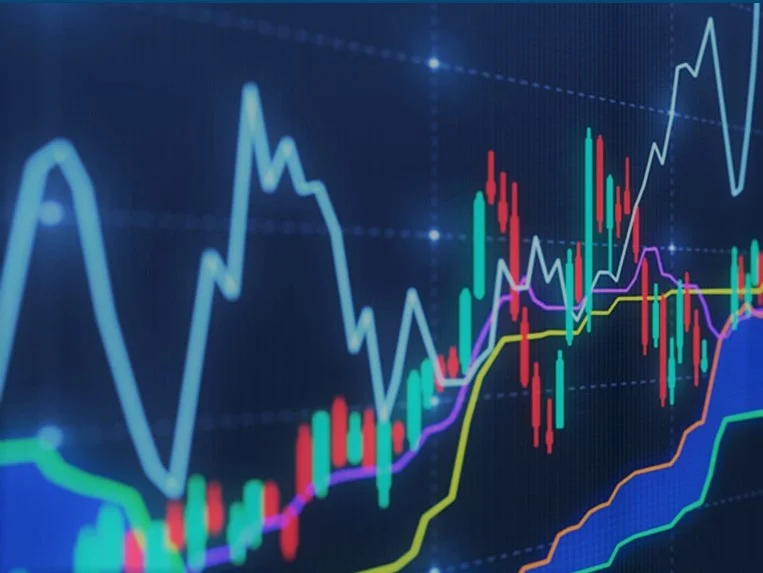Renewed volatility in markets has awoken the media from its slumber. News directors drag out dated file footage of frantic traders and summon talking head experts to explain to ‘mums and dads’ what it all means. Well, what does it mean? More importantly, does it matter?
But the key point for long-term investors is that markets are volatile by nature. Stocks go up and down as information and expectations change. Sometimes, this happens very gradually. Other times it happens more suddenly. Volatility is the price we pay to gain access to longer term higher returns than those associated with so-called safe assets such as cash. Volatility is a normal and expected part of the market.
What you can be sure of is that everyone is an expert after the fact. At the moment the attention is on whether The Donald and the Chinese can come together and make a “deal” to solve the trade war dilemma. Added to this is the uncertainty around BREXIT and what impact this will have on markets going forward. These as well as a plethora of other reasons can serve to explain the currently volatile environment in the markets.
Everyone has an opinion about what caused this latest bout of volatility in markets and where things may be headed. The point is there are any number of reasons markets may rise or fall on a given day. It may be fun to speculate about the drivers, but ultimately it makes little difference if you are a long-term investor. And reacting impulsively to daily market movements is almost always counter-productive.
Increasing market volatility is essentially an expression of uncertainty. Markets move on new information which is incorporated into prices immediately. Those prices reflect the aggregate views of millions of participants, so unless you have information that no-one else is privy to, you are unlikely to get an edge by trying to time your entry and exit points.
What matters for individual investors is whether they are on track to meet their own long-term goals detailed in the plan designed for them. Unless you need the money next week, what happens on any particular day is neither here nor there. It is the long-term returns that count.
As to what happens next, no-one knows for sure. That is the nature of risk. In the meantime, you can protect yourself against volatility by diversifying broadly across and within asset classes, while focusing on what they can control – including your own behavior.
For those still anxious, here are seven simple lessons to help you live with volatility:
1. Someone is buying.
Quitting the equity market when prices are falling is like running away from a sale. When prices fall to reflect higher risk, that’s another way of saying expected returns are higher. And while the media headlines proclaim that “investors are dumping stocks”, it is important to remember that for someone to sell a stock, there must also be someone who is out there buying them. Those people are often the long-term investors.
2. Don’t make presumptions.
Remember that markets are unpredictable and do not always react the way the experts predict they will. For instance, you’ll see economists on the TV at night talking about what might happen when Europe or Japan eventually raise interest rates or oil prices falling or the dollar going down………. But even if you could pick the turn, you still don’t know how markets will react. It’s pointless to speculate.
3. Market timing is hard.
Recoveries can come just as quickly and just as violently as the prior correction. In 2008, the Australian share market fell by nearly 40%. Some investors capitulated, only to see the market bounce by more than 37% in 2009 and rise in seven of the eight subsequent years. The lesson is that attempts at market timing risk turning paper losses into real ones and paying for the risk without waiting around for the recovery.
4. Never forget the power of diversification.
When equity markets turn rocky, other assets like highly-rated government bonds can flourish. This limits the damage to investors who are invested in a portfolio of well balanced and diversified investments such as those of our clients. So diversification spreads risk and can lessen the bumps in the road.
5. Markets and economies are different things.
The world economy is forever changing and new forces are replacing old ones. This applies both between and within economies. For instance, falling oil prices can be bad for the energy sector, but good for consumers. New economic forces are emerging as global measures of poverty, education and health improve.
6. Nothing lasts forever.
Just as smart investors temper their enthusiasm in booms, they keep a reserve of optimism during busts. And just as loading up on risk when prices are high can leave you exposed to a correction, dumping risk altogether when prices are low means you can miss the turn when it comes. As always in life, moderation is a good policy.
7. Discipline is rewarded.
Market volatility can be worrisome, no doubt. The feelings generated are completely understandable. But through discipline, diversification, keeping focused on progress to your goals and accepting how markets work, the ride can be more bearable. At some point, value re-emerges, risk appetites re-awaken and for those who acknowledged their emotions without acting on them, relief replaces anxiety.

